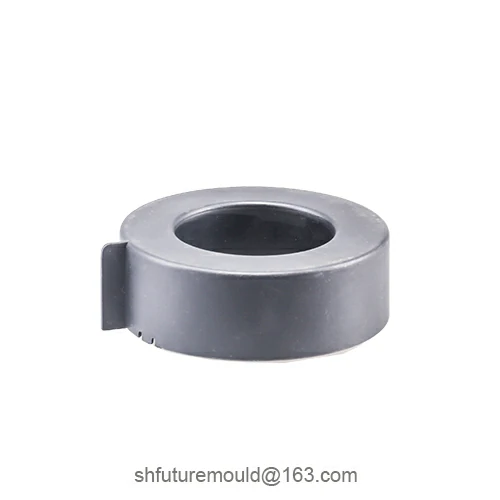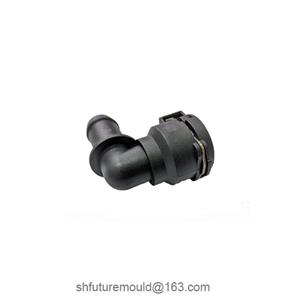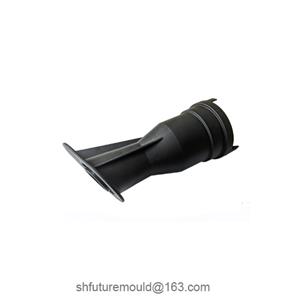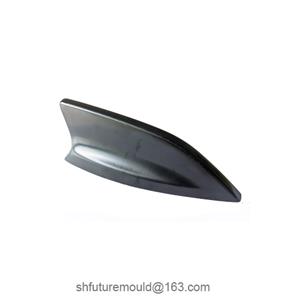Venting Methods for Injection Molds
Injection molding venting is a critical process step. The effective venting design ensures the surface quality of plastic parts, preventing defects such as short shots, burn marks, and gas traps, but also extends mold lifespan and enhances production efficiency.
I. Importance of Venting
1. Preventing Gas Entrapment
During injection, air and gases originally present in the mold cavity must be expelled promptly. Failure to do so can result in bubbles trapped in the melt or embedded within the part, leading to defects like burn marks, blisters, or localized overheating.
2. Improving Filling Efficiency
Rapid and effective venting allows molten plastic to flow smoothly into the cavity, reducing flow resistance caused by poor venting and minimizing short shots and flow-related defects.
3. Extending Mold Lifespan
Proper venting prevents localized mold damage from high temperatures or excessive pressure, enhancing the overall durability of the mold.
II. Common Venting Methods
1. Vent Design at the Mold Gate
The gate area is the primary entry point for molten plastic into the cavity. Fine venting grooves or vent holes are often integrated into the gate design to expel air quickly. While suitable for most standard cavities, precise control over vent dimensions (depth, width) is critical for high-precision parts.
2. Peripheral Venting Grooves
Small venting grooves along the cavity edges allow trapped air in enclosed cavities to escape. Design considerations include groove depth (typically 0.02–0.04 mm), width, length, and placement to avoid disrupting melt flow or affecting part aesthetics.
3. Micro-Pores or Through-Holes
For complex geometries or tightly sealed areas, micro-pores or through-holes are often used. These tiny pre-designed holes leverage pressure differences during injection to enable natural venting. Precise sizing is essential to prevent melt leakage while ensuring sufficient gas escape.
4. Controlled Venting Systems
For high-demand applications, specialized systems such as adjustable gas valves, directional grooves, or venting channels coated with porous materials (e.g., sintered metals) can be integrated. These systems enable precise gas expulsion tailored to material properties and part requirements.
5. Auxiliary Mechanical Venting
In specialized scenarios, external vacuum assistance or mechanical vibration can remove residual gas. This method is common in high-precision applications where gas entrapment is strictly unacceptable, such as optical or medical components.
- Injection Mold
- Automotive Injection Mold
- Electronics & Electrical Injection Mold
- Consumer Goods Injection Mold
- Airplane Components Injection Mold
- Medical Components Injection Mold
- Irrigation Components Injection Mold
- Injection Molds




